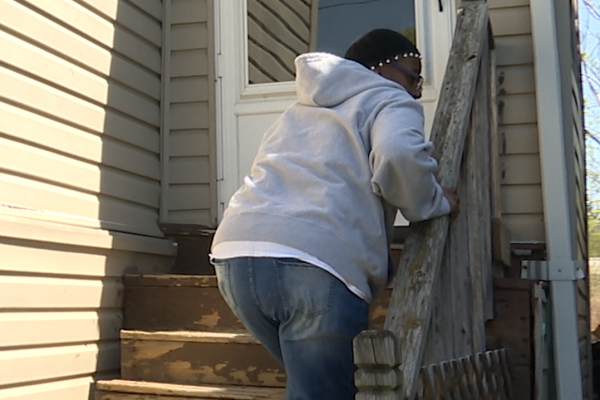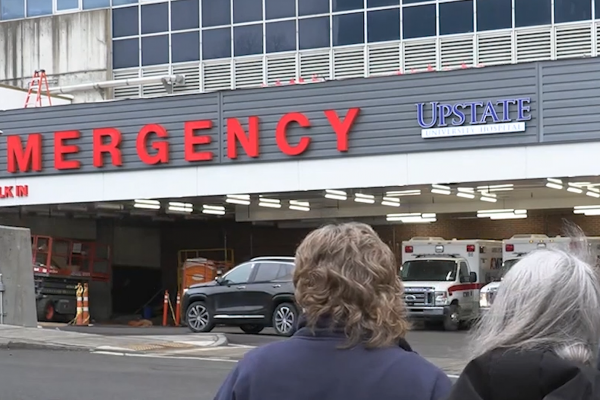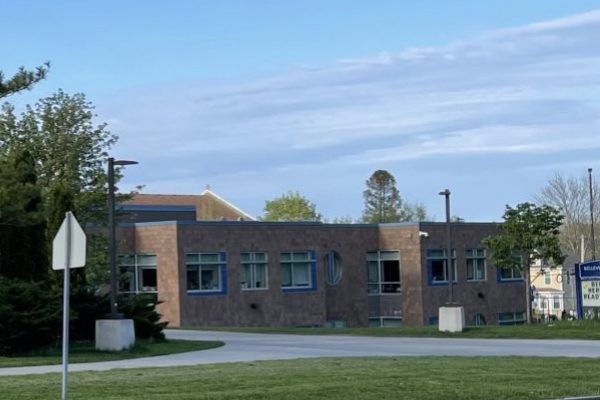LIVERPOOL, N.Y. (NCC News) — One in four countries now has restrictions on cell phone usage in schools, according to a recent UNESCO report. Cell phone bans and restrictions have also been increasing at both the national and local level here in the U.S. Central New York public schools across various districts, including West Genesee, Baldwinsville, Jordan-Elbridge, Fayetteville-Manlius, Andover, Fabius-Pompey, Jamesville-Dewitt, Lyncourt, Skaneateles, Onondaga, North Syracuse, Tully, New Hartford, and Liverpool, all have various cell phone restrictions in place.
Restrictions vary between and within districts, most notably by schooling level. CNY elementary and middle schools tend to have harsher policies than the high schools. Ralph Perry Junior High School banned cell phones entirely. Students are required to leave their phones turned off in their locker and are not allowed to check them throughout the day. But nearly ten minutes away, New Hartford Senior High School has not implemented any official cell phone restrictions. Students can keep their phones with them or have them out during class if their teacher allows.
“Phones are going to be a part of our lives and they’re not gonna go anywhere,” Mary Radel, a New Hartford public school parent, said. “I understand the research and that they’re bad for kids’ brains and all that, but I think phones are gonna be with us and so we have to start teaching our kids how to use them responsibly.”
Radel said she thinks these students need to learn how to be disciplined with distraction at their fingertips, especially as they prepare to go to college.
Restrictions keep Liverpool High School students from having to deal with that distraction. Students are not allowed to have their cellphones out during academic classes. Although they can use them in the hallway and cafeteria, they must store them in their backpacks or a communal cell phone holder when class is in session.
These restrictions came after students were not performing as well as they did in the past during the transition back from the Covid-19 pandemic. 86% of staff reported that cell phones were the main source of this setback in a school-sponsored survey, according to Brett Woodcock, the executive principal of the school. This is the second year the restrictions are in place.
“We had a lot of students that were struggling with mental health, and it seemed like many of our students were in constant conflict,” Woodcock said. “Due to social media apps like Snapchat and everything else, they were unable to disconnect with that to get focused on learning.”
Woodcock said although the restrictions were initially met with resistance, most students reported an improvement in mental health in a school-wide survey sent out after the first year of the policy. He said teachers also noticed significant improvement in academic performance.
“It’s not rocket science. If you take the cellphone out of their hand, you take the distraction out of their hand,” Woodcock said. “And kids are gonna be able to focus better in class and learn to have conversations with other people.”




